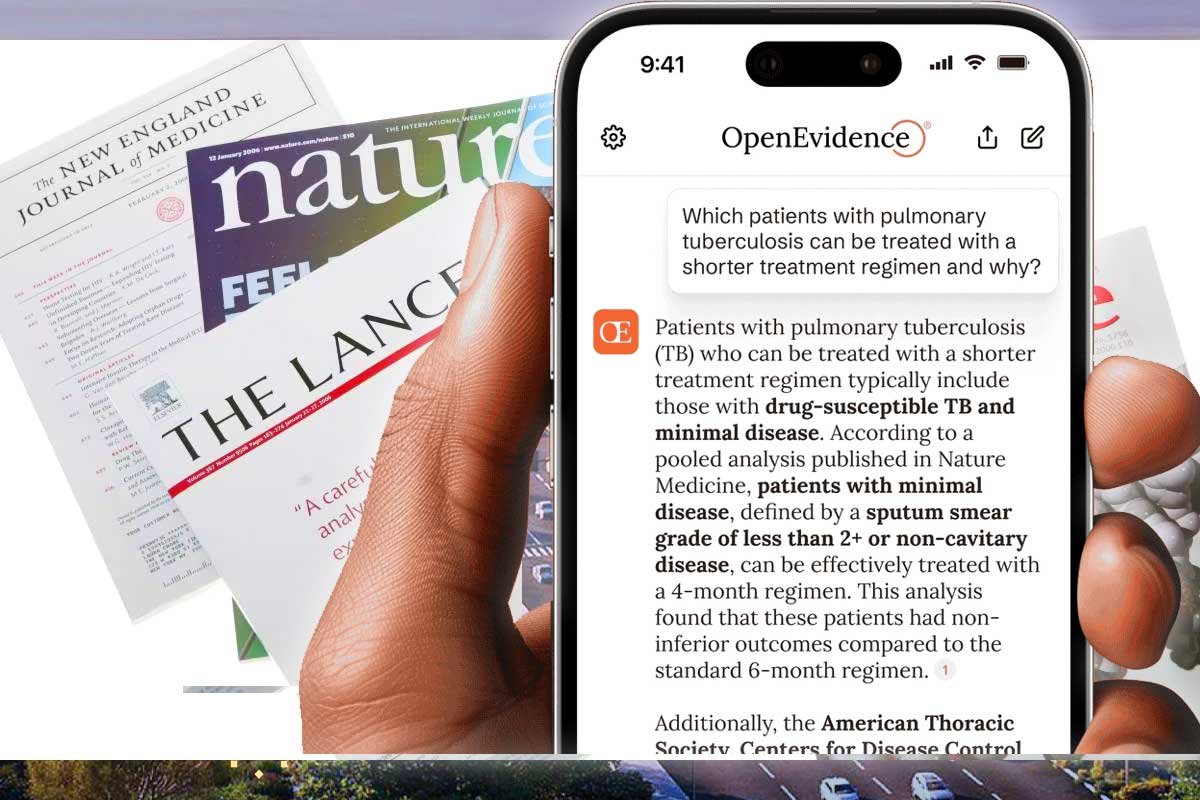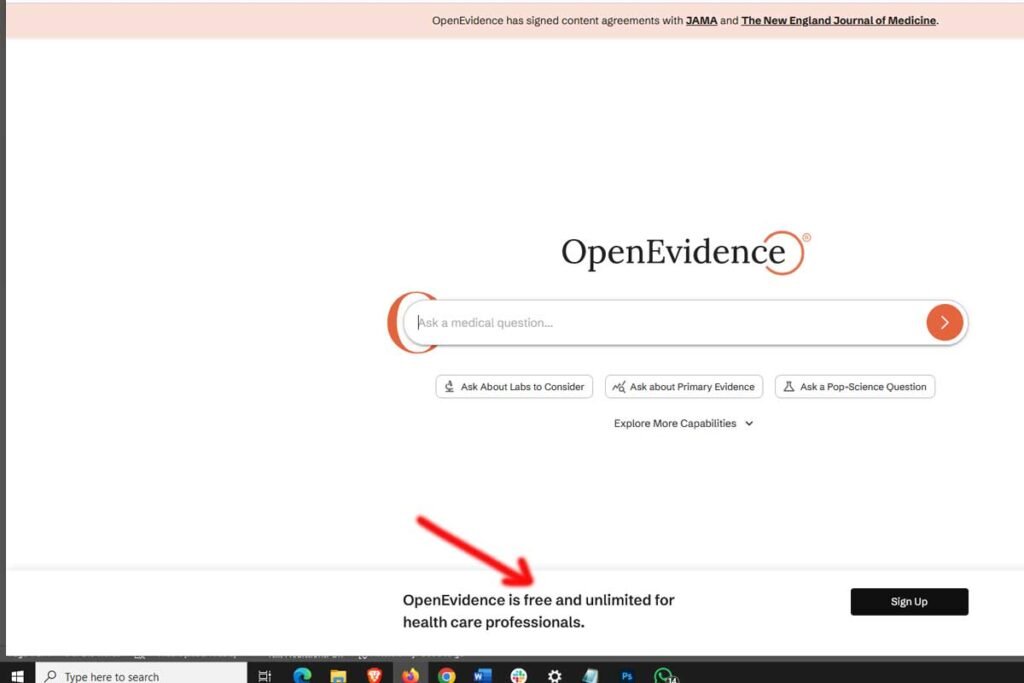A Free AI Platform for Doctors Is Disrupting Medicine — Now Valued at $3.5 Billion revolutionary free AI tool for doctors is changing how medicine is practiced—boosting accuracy, saving time, and now reaching a $3.5 billion valuation. Here’s how it’s transforming healthcare.

In a world where artificial intelligence is reshaping industries at lightning speed, one free AI platform built specifically for doctors is making waves in the medical field — and investors are taking notice.
The platform, launched just a few years ago, started as a simple tool to help physicians make faster, more accurate diagnoses. But thanks to its powerful algorithms, real-time data integration, and user-friendly interface, it quickly became a game-changer in hospitals and clinics around the world.
Now, its value has skyrocketed to $3.5 billion, proving that AI isn’t just the future of medicine — it’s already here.
Free, But Invaluable
What sets this AI tool apart? It’s completely free for medical professionals. Doctors can upload symptoms, lab results, or even patient notes, and receive diagnostic suggestions backed by vast medical databases and machine learning models trained on millions of cases.
“It’s like having a second opinion in your pocket,” said one emergency physician who uses the platform daily. “It’s fast, reliable, and helps reduce human error — especially in high-pressure situations.”
Why the Surge in Value?

The surge to a $3.5 billion valuation is driven by several factors:
Mass adoption in over 50 countries
Partnerships with hospitals, universities, and public health agencies
Constant updates using real-world medical data
A sharp reduction in misdiagnosis rates and unnecessary tests
Investors see the potential not only in saving lives but also in cutting billions in healthcare costs globally.
Doctors and Patients Win
What makes this platform especially exciting is that it bridges the gap between complex medical knowledge and real-time clinical decisions. It doesn’t replace doctors — it empowers them.
Patients benefit, too. With faster and more accurate diagnoses, they get the treatment they need without long delays or redundant tests. In some regions, especially those with limited access to specialists, the platform is already being hailed as a “silent hero” of public health.
What’s Next?
As the company continues to scale, it plans to integrate with wearable health devices, expand into mental health diagnostics, and develop multilingual support to reach doctors in under-served regions.
One thing’s clear: the future of medicine is not just high-tech — it’s intelligent, inclusive, and increasingly free.









0 Comments